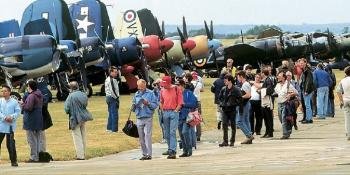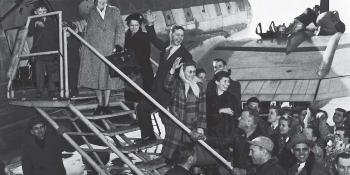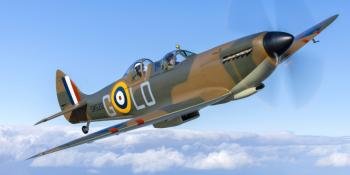DATABASE US VTOL ‘TAIL-SITTERS’
Three different approaches to overcoming the thrust/weight/lift conundrum
“At the heart of the Convair and Lockheed designs was the Allison YT40 turboprop, which combined two power sections side-by-side”
The design of the three American VTOL tail-sitters was dominated by the need for an engine powerful enough to overcome the aircraft’s weight and achieve vertical lift. Consequently, the Convair XFY-1, Lockheed XFV-1 and Ryan X-13 were essentially engines mounted in airframes just big enough to house them with fuel and pilot. The turboprop tail-sitters were little bigger than a North American P-51, while the Ryan X-13 was less than three-quarters the Mustang’s size. Because of the complexity, however, their weight was almost twice that of the average Second World War fighter.
At the heart of the Convair and Lockheed designs was the Allison YT40 turboprop engine, which combined two YT38-A-1 power sections side-by-side with a common reduction gearbox driving contra-rotating propellers. The 20in (51cm)-diameter YT38-A-1 power sections each contained 17-stage axial compressors. Pressure ratio was 6.3:1 and there were eight combustion chambers. A reduction gearbox combining th…







